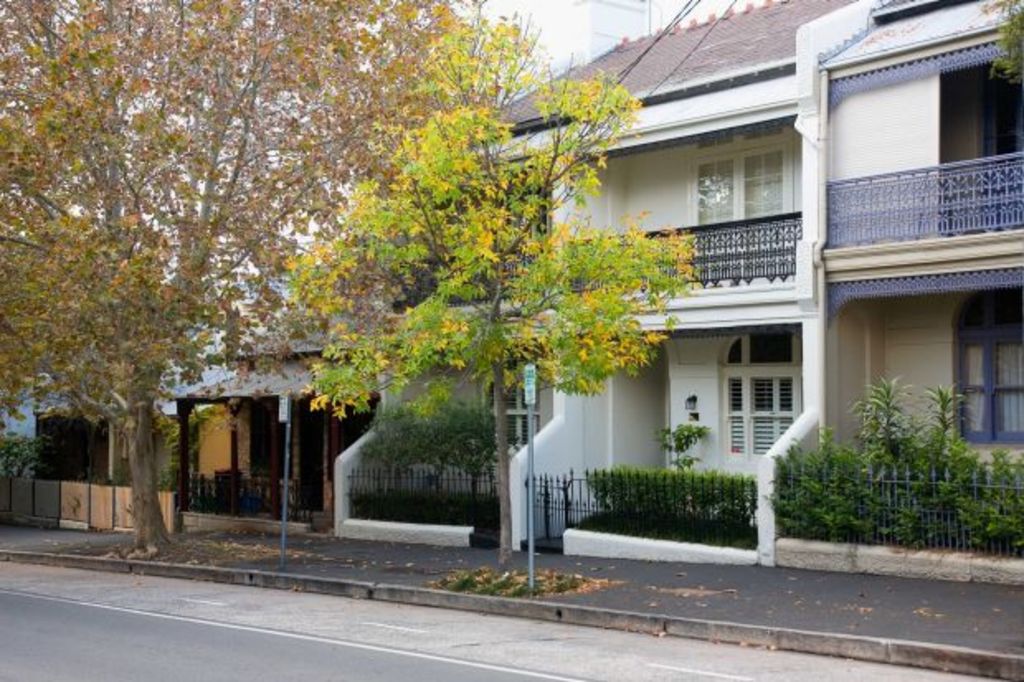Four different ways to approach a new neighbourhood

Moving to a new area brings with it a steep learning curve. Everyday knowledge, like where to shop, can no longer be taken for granted. Exploration and research are required for simple tasks like finding the best coffee, good walking paths and useful short-cut rat-runs.
There are different approaches to discovering new neighbourhoods. Here are four styles you might be familiar with:
1.
The Systematic Explorer
This person relishes the challenge of getting to know a new neighbourhood. They will take on the mantle of “newcomer” with gusto and introduce themselves eagerly to new neighbours and local shopkeepers as such. They will deliberately buy their coffee from a new place each day until they settle on a favourite, and will invite friends to the area in order to try out local restaurants. Local papers are a true source of information rather than cat litter and, if social media is their thing, they’ll quickly suss out local interest groups. They’ll still enjoy visiting their old neighbourhood but they’ll do so with an air of happy nostalgia rather than pretence that they still live there.
2.
The Random Explorer
This person relishes the idea of getting to know their new area but approaches the task with a haphazard randomness. They either don’t have the time or inclination to do a systematic coffee crawl but, when the need for a coffee arises, they’ll jump on the opportunity to try somewhere new. When a lazy weekend approaches, they’ll look up possible nearby activities. When exercise beckons, they’ll wander the neighbourhood, taking casual note of street names. They’ll read the local paper with a keen interest. They won’t necessarily seek them out but will get to know neighbours gradually, or may, at some stage, invite them to a casual Australia Day barbecue or Christmas drinks.
3.
The Assumer
This person assumes that they know it all but this knowledge may be based more on supposition or old experience rather than fact. Assumers may be people who are returning to an area where they used to live without twigging how much the area has changed. They may have friends who live nearby and therefore assume that they know it all. They’ll ignore local papers and noticeboards, they won’t join locally relevant social media groups until one presents itself. Assumers will be happy with their ignorance until a new friend moves into the area and amasses more info than them in a short space of time.
4. The DIDO (Drive In, Drive Out)
This person doesn’t really live in their new neighbourhood. They may sleep there, but the rest of their life takes place elsewhere. They travel to work and play. They have no need for local knowledge apart from the best routes in and out, especially during peak hour. They may occasionally pick up bread or milk from the nearest shop but are more likely to shop near work before heading home. Their neighbours might come to recognise their car but not face. Often, this person has taken up residence in their new area reluctantly. Maybe they couldn’t afford to stay in their suburb of preference, maybe they are living with their parents, maybe they’ve moved in with a new partner but see it as a temporary stop off.
Which approach do you take to exploring a new neighbourhood?
Vivienne Pearson used to be a No. 3 but, after a recent move, deliberately decided to become a No. 2.
We recommend
We thought you might like
States
Capital Cities
Capital Cities - Rentals
Popular Areas
Allhomes
More
- © 2025, CoStar Group Inc.







